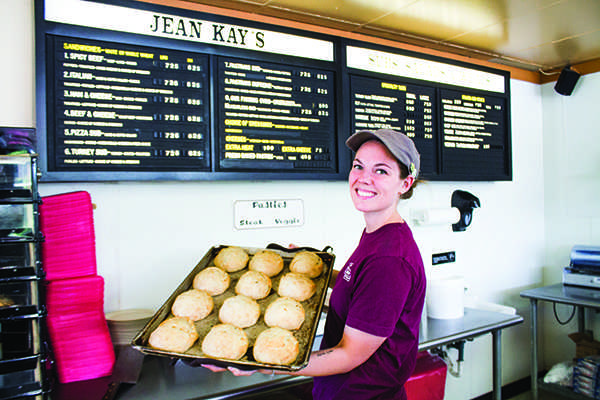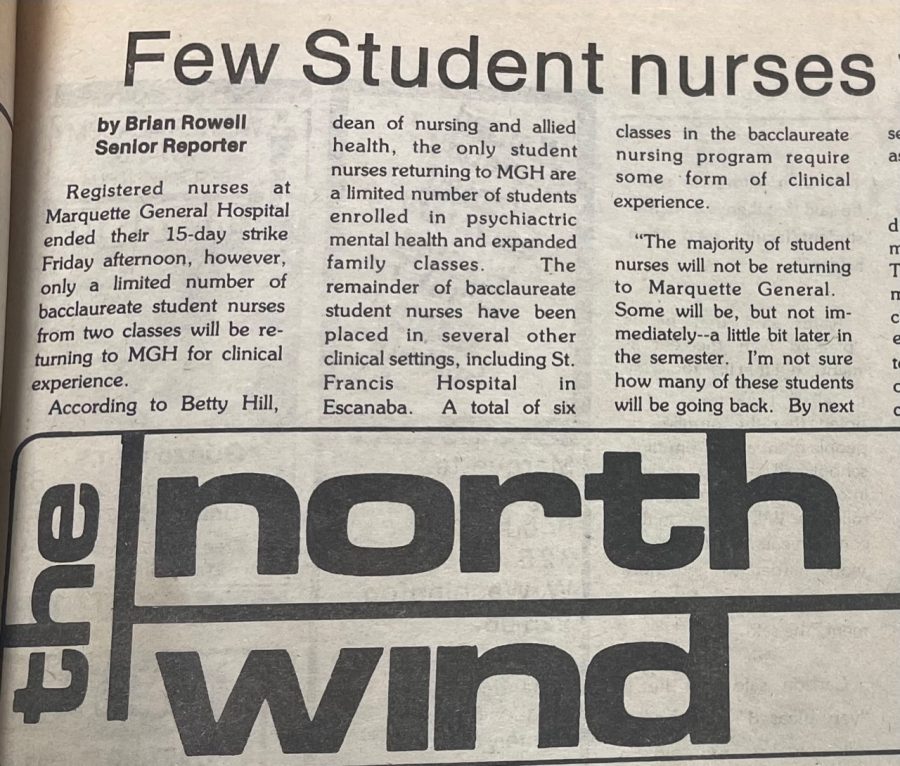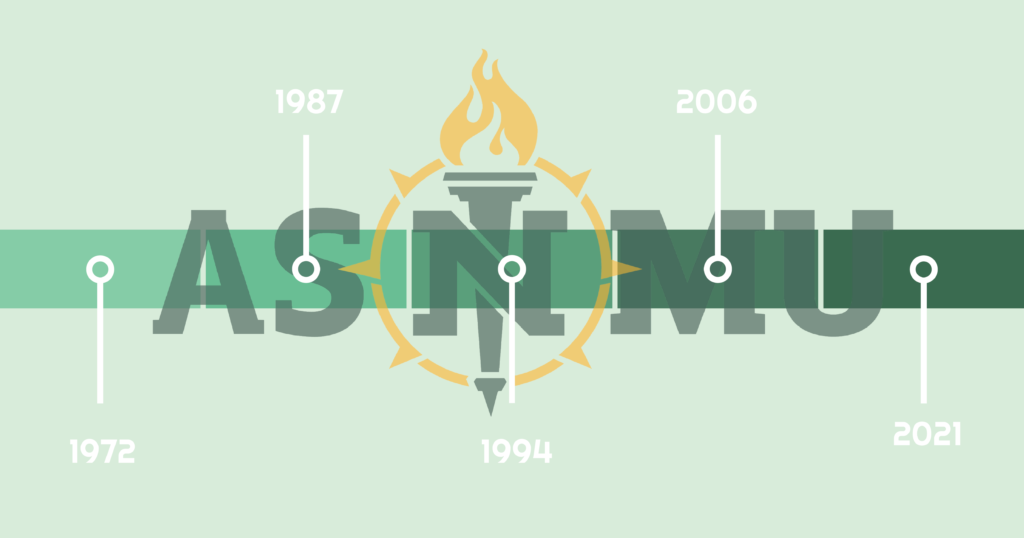Going to school in the Upper Peninsula comes with many firsts. Cliff jumping, college snow days, and trying your first Yooper meat pie, the beloved and renowned pasty.
 This staple food of the U.P. is a must try for every new NMU student. There is nothing quite like cutting into this mound of stuffed rutabaga, potatoes, onions, and much more.
This staple food of the U.P. is a must try for every new NMU student. There is nothing quite like cutting into this mound of stuffed rutabaga, potatoes, onions, and much more.
Pasties were first introduced to the area in the early 19th century by Cornish immigrants who came to the Upper Peninsula to work in the iron mines, according to History.com.
The pasty was then picked up by whoever the Cornish interacted with. The food went wherever the miners went, said NMU and Upper Peninsula Historian Russell Magnaghi.
While the pasty has become a part of the Yooper culture, its history spreads to many more areas than our own such as the mining towns of Butte, Montana, Grass Valley, California and even a small town in Mexico, Pachuca.
Pasties, believed to mean leftovers or derived from the word pasta, were popular within the mining culture due to their hearty sustenance and conveniency.
“[The Cornish] would make them out of sea- food and venison. When things were really bad, they would stuff them with greens,” Magnaghi said.
“It’s an efficiency food because pasties are self-contained and miners could take it to work with them.”
The shape of the pasty also added to its conveniency. The common ‘D’ shape was a characteristic because it left one side of the pasty with a line of crust.
The crust was meant for miners to hold onto while eating the pasty and then to be discarded.
According to History.com, “Miners’ hands were often covered with arsenicladen dust, so the crust could function as a disposable handle.”
As to what pasties should be filled with, it is still being debated today. Many believe nothing should go in a pasty besides the standard meat and potatoes, but this was not the Cornish way. The miners were typically poor and would fill their pasties with what food was available at the time, said Magnaghi.
“The variety of fillings is so great that there is an old Cornish saying: ‘The Devil is afraid to come into Cornwall, for fear of being baked into a pasty,’” according to A Sense of Place: Michigan’s Upper Peninsula.
The Cornish’s original pasties were also much larger than the ample serving you can buy today.
“Even though they seem large today, real pasties are quite sizeable, almost the size of a loaf of bread,” Magnaghi said.
Another common debate over the history of the pasties is if they are of Cornish or Finnish origin.
While history repeats that the Cornish are the ones responsible for making and spreading the be- loved meat pies, there are those who believe con- trary.
“You’ll find Finnish Americans who swear the Finns brought the pasty and they will get very hos- tile towards those who disagree,” Magnaghi said.
It is likely that the Finnish had a dish similar to the pasty, he said. The difference between the two countries’ take on the pasty is in the crust, said Brian Harsch, owner of Jean Kay’s Pasties.
“There’s a Cornish version and then there’s a Finnish version. The Finn’s use lard in the crust,” Harsch said.
The pasty has seemed to pick up its own traits and traditions in every region it reached.
“There are many versions of a pasty because it’s been muddled for so many years,” Harsch said.
In Pachuca, “the traditional pasty has under- gone a change, as these are filled with chile, meats, moles, and other Mexicanstyle adaptations,” according to A Sense of Place.
Although, there is an on-going debate on what a true pasty consists of, there is no doubt that the Upper Peninsula, like Cornwall, has made pasties into a local and staple food.
“Pasties mean tradition,” Harsch said. “It is something that is legendary, and I’m very proud of it.”



























